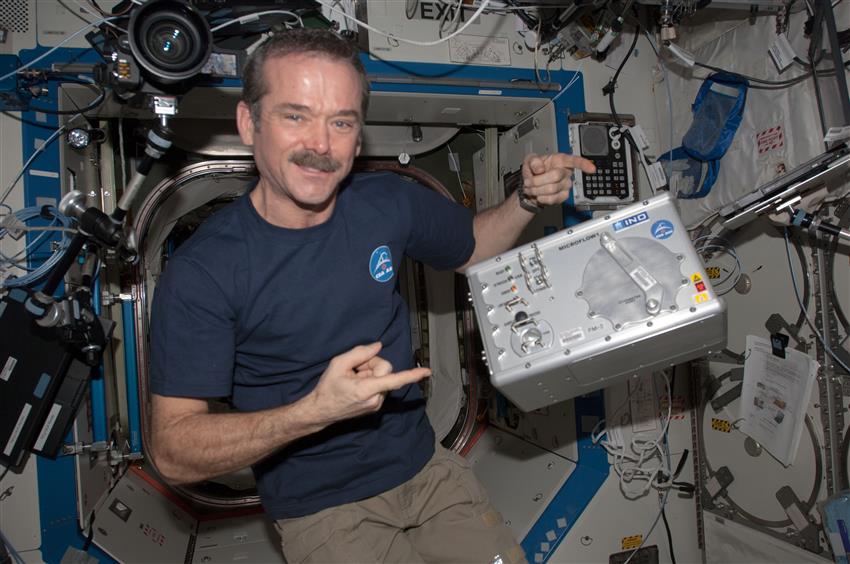What do Star Trek and the Canadian Space Agency have in common?
Star Trek is a worldwide sensation. Some people are die-hard fans while others can quote it without having ever watched it. From the very first episode on —a time when technology was developing rapidly and society was opening its doors to the rest of the world—the trailblazing series featured teleportation machines, wireless communications and a multicultural universe.
The space-based saga's 50th anniversary is an opportunity to reflect on some of the similarities between Star Trek and the Canadian Space Agency (CSA).
Cutting-edge medical equipment
When Enterprise crew members became sick, Dr. McCoy was able to diagnose the problem in record time, using his medical tricorder.
MicroFlow could pave the way for just such a gadget. Tested by the CSA on the International Space Station in , this miniaturized version of a flow cytometer (a common research or clinical laboratory instrument used for a range of bioanalysis and clinical diagnoses) can spot cells and biological molecules rapidly by using fibre-optic technology.
MicroFlow could revolutionize how astronauts are able to diagnose and treat themselves and others throughout long-duration missions by allowing the crew to test for medical conditions without having to send samples back to Earth for analysis.

Star Trek's Dr. McCoy diagnoses a patient using his medical tricorder. (Credit: TM & © 2016 CBS Studios Inc. All Rights Reserved)
Global positioning system devices
The Enterprise's transporter was able to pinpoint the location of an individual crew member from thousands of miles away. Although we're still working on teleportation, we've made tremendous progress when it comes to location technology!
The Canadian Maritime Monitoring and Messaging Microsatellite (M3MSat), launched on June 21, 2016, will help improve Canada's space-based capabilities to detect ships and manage marine traffic.

In Star Trek, the Enterprise's transporter pinpoints the location of crew members from thousands of miles away. (Credit: TM & © 2016 CBS Studios Inc. All Rights Reserved)

The Canadian M3MSat. (Credit: CSA)
Space exploration sensors
Whenever Spock beamed down to a planetary surface, he always took his trusty tricorder with him. This handy pocket-sized device could do things like analyze the minerals in soil and look for signs of life.
Curiosity, the centrepiece of NASA's Mars Science Laboratory mission, is equipped with 10 different instruments, including the Alpha Particle X-Ray Spectrometer (APXS), developed and funded by the CSA. This instrument was designed to measure the abundance of chemical elements in rocks and soils. Compiling the data from all the instruments will help scientists determine whether Mars was once more hospitable to life.
Canada is contributing an instrument known as the OSIRIS-REx Laser Altimeter (OLA) to NASA's OSIRIS-REx mission. OLA will scan and measure the entire surface of the asteroid to create a highly accurate 3D model, and provide mission scientists with unprecedented information on the asteroid's shape, topography, distribution of boulders, rocks and other surface features.
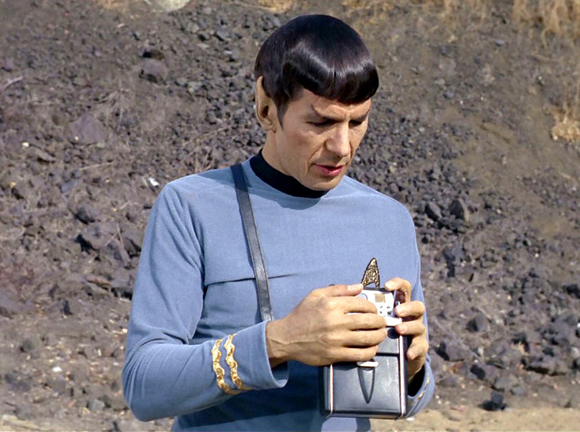
Spock uses his tricorder to analyze the minerals in soil and to look for signs of life. (Credit: TM & © CBS Studios Inc. All Rights Reserved)
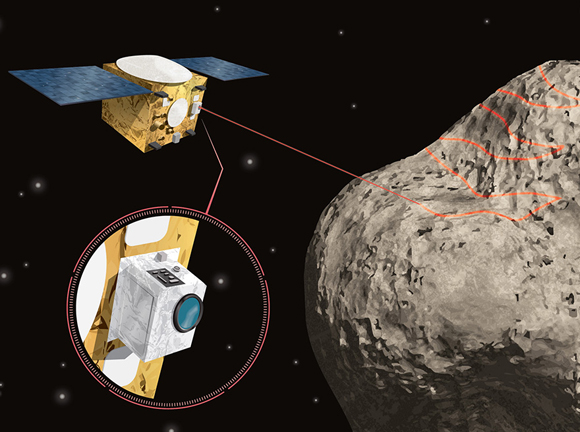
The OLA contributed by Canada to NASA's OSIRIS-REx mission. (Credit: NASA)
New surgical techniques
In Star Trek, "focused ultrasound surgery" is a non-invasive surgical technique to destroy unwanted masses within the body without harming the surrounding tissues. Decades ago, Star Trek character Dr. McCoy touted the advantages of doing surgery without using knives. On one occasion, he saved Chekov with a nifty little non-invasive surgical device.
NeuroArm, KidsArm and the Image-Guided Autonomous Robot (IGAR) are medical and surgical projects and instruments directly inspired by the Canadian space technology behind the Canadarm, Canadarm2 and Dextre.
NeuroArm is the world's first robot capable of performing surgery inside magnetic resonance machines.
KidsArm is the first image-guided robotic surgical arm in the world specifically designed for pediatric surgery. It is currently being tested at SickKids Hospital (Toronto). The robot is also promising for fetal, cardiac, neurological and urological surgeries.
IGAR is expected to bring increased access, precision and dexterity to breast cancer treatment, resulting in highly accurate and minimally invasive procedures.
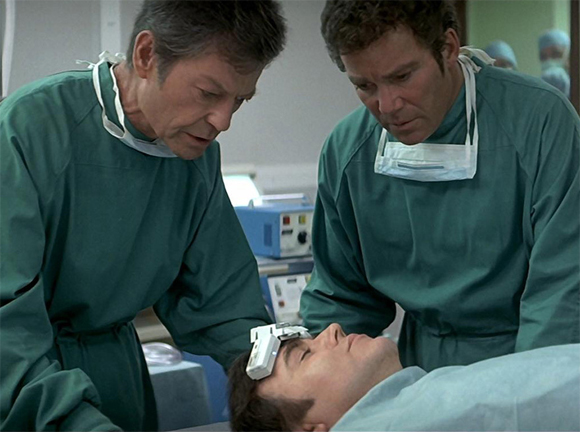
Star Trek character Dr. McCoy uses "focused ultrasound surgery". (Credit: TM & © 2016 CBS Studios Inc. All Rights Reserved)
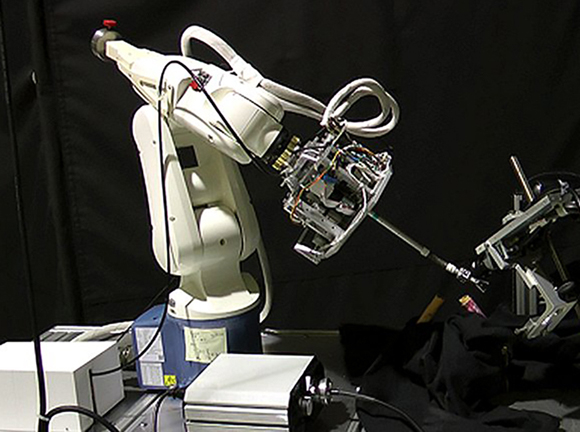
KidsArm is the first image-guided robotic surgical arm in the world specifically designed for pediatric surgery. (Credit: CSA)
- Date modified:
